Imagine planning the trip of a lifetime to a country known for its stunning landscapes, vibrant culture, and diverse wildlife, only to find yourself plunged into darkness at the most unexpected times. This was my experience in the Rainbow Nation, South Africa, where the beauty of the landscape was often overshadowed by a less picturesque reality – load shedding, only in South Africa!
Well, let’s not exaggerate, because of course, as a traveler, it’s the encounter with the Big Five, the sometimes “shocking” culture (more about that later), or the breathtaking sunsets that will stay with me 😉
What does load shedding reveal about the challenges South Africa faces in the 21st century? Join me as I delve into the controversial and, at times, frustrating world of load shedding in the heart of Africa, where a nation’s dreams and politics can collide.

Understanding Load Shedding in South Africa: Some Light on the Dark Matter
Load shedding may sound like a trendy weight-loss technique for appliances, but in South Africa, it’s a term that carries much more “weight” than meets the eye.
At its core, load shedding is a cleverly disguised euphemism for planned power cuts. It’s like a game of power roulette where, without warning, your electricity supply decides to take an unscheduled vacation.
Now, you might be wondering, why South Africa puts its citizens and guests through this electrifying rollercoaster?
Well, it’s a tale of supply and demand. South Africa’s power supply infrastructure, primarily run by Eskom, is like an aging circus juggler trying to balance too many flaming torches.
The demand for electricity often surpasses what they can provide safely. As a result, they resort to scheduled blackouts to prevent the entire system from catching fire – figuratively speaking.
According to Professor Hartmut Winkler, in the video below, load shedding will remain in South Africa until at least the end of 2024.
Our experiences with load shedding in South Africa
So, picture this: we’re all set for our grand South African adventure, but there’s a catch, a little local secret they call “load shedding.” , and we were warned about it!
So armed with our excitement and a pair of smartphone chargers, we thought we had this electricity thing all figured out.
But let’s talk gadgets – I had my trusty laptop, my sidekick for documenting our African escapades on this blog. Meanwhile, my better half was packing a beard trimmer, 2 e-readers that consumed books like a starved cheetah, and especially: his machine to combat his sleep apnea, which requires electricity at night.
But here’s the twist – all these modern gizmos are power-hungry beasts. To complicate things further, my once trusty smartphone had developed a nasty habit of losing its charge faster than a sprinting Impala, especially when I was filming those thrilling game drives.
What if I had a flat smartphone at Pongola game reserve and missed the charging elephant, lol? You can see him charging in the first seconds.
Every time we settled in at a guest farm or glamping site on our month-long South African tour, we got a friendly reminder: “Hey folks, load shedding is on the menu!” It became a part of -the welcome to or home-story, really. Sometimes, there was this rare treat – “Today, no load shedding!” We couldn’t help but chuckle at the unpredictability of it all.
In our daily lives back home, we hardly ever think about how much we rely on electricity or how often we’re glued to our smartphones. But in this new land of load shedding, our attachment to these electronic buddies became crystal clear.
And to spice things up, load shedding often happened at night, right when my husband needed his apnea machine for a peaceful night’s sleep. You get it, right? Quiet nights for him meant equally tranquil nights for me, minus the serenades of snores LOL
Oh, and here’s the plot twist – politics played a role in this electrifying drama. We heard rumors about coal being shipped abroad, somehow connected to the load-shedding story.
What causes load shedding In South Africa?
Load shedding in South Africa is primarily caused by a combination of factors, including :
- Aging Infrastructure: Many of South Africa’s power generation and distribution facilities are old and in need of significant maintenance and upgrades. The aging infrastructure is less reliable and efficient, leading to more frequent breakdowns.
- Maintenance Backlog: Eskom, the state-owned electricity supplier, has faced challenges in maintaining and servicing its power plants and infrastructure. A maintenance backlog has developed over the years, which can lead to unplanned outages and disruptions in power supply.
- Technical and Mechanical Failures: Frequent technical and mechanical failures in power plants and electricity transmission and distribution systems contribute to load shedding. These failures can result from inadequate maintenance and the age of the equipment.
- Financial Challenges: Eskom has faced financial difficulties, including high debt levels, which can limit its ability to invest in infrastructure upgrades and expansion. This financial strain can impact the overall reliability of the power supply.
- Fuel Supply Issues: Many of South Africa’s power plants rely on coal as a primary energy source. Disruptions in coal supply, whether due to labor strikes, logistical issues, or other factors (like exporting more coal than for their own country) are a huge issue.
- Environmental Concerns: South Africa is under pressure to reduce its carbon emissions and transition to cleaner energy sources. This transition can affect the operation of older coal-fired power plants and the construction of new, more sustainable facilities.
- Generation Capacity Shortfalls: The demand for electricity often exceeds the country’s available generation capacity, particularly during peak usage times. This imbalance can lead to the need for load shedding to prevent overloading the grid, which could result in widespread blackouts.
- Political and Governance Issues: Eskom and the South African government have faced allegations of corruption, mismanagement, and political interference, which can affect decision-making and resource allocation within the energy sector.
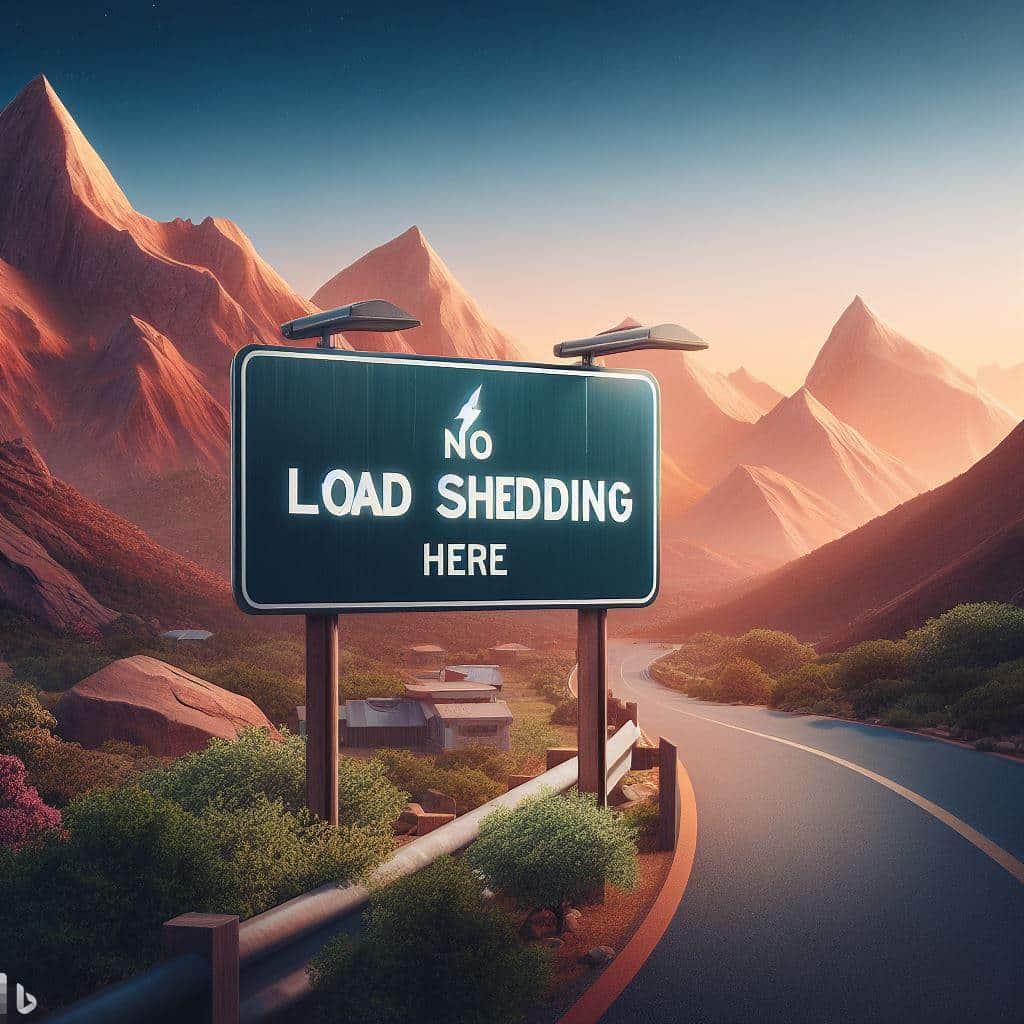
Government and Eskom Response: do they work on solutions?
So, one local we spoke with, the owner of a farm guesthouse for a stopover, was getting quite upset about this load shedding, when we asked her about the many trucks passing on the South African roads, loaded with coal.
This person claimed that the trucks of coal in the region went from 3000 a day to 5500 in a day, most of it for export and that this way, the government didn’t provide the energy for its citizens, but for the money from exporting all the coal.
While this is not sure and just a guess: we think that some brand new roads, made without potholes, are made especially for coal transport and not for the traffic (there was hardly any personal traffic on some roads)
So, the load shedding has also political causes and as we journeyed through South Africa, we couldn’t help but wonder about the efforts of both the government and Eskom, the nation’s primary electricity supplier, in dealing with all of this. What was being done to steer the country away from these dark moments?
Actually, on looking this up further, the South African government hasn’t turned a blind eye to the issue.
They’ve initiated various programs and policies to address the root causes of load shedding. These initiatives aim to bolster the country’s energy infrastructure, diversify energy sources, and improve the overall stability of the power supply.
One noteworthy project is the Renewable Energy Independent Power Producer Procurement (REIPPP) program. This initiative encourages private investment in renewable energy sources like wind and solar power. It’s a significant step toward reducing South Africa’s heavy reliance on coal, a major contributing factor to the electricity woes.
And we have definitely noticed this in some private guesthouse places, and on some big farms where people personally invest in or are interested in alternative sources of energy, beyond the coal situation.
Additionally, the Integrated Resource Plan (IRP) outlines the country’s long-term energy strategy, emphasizing a more balanced energy mix and sustainability.
While these measures are commendable, their full impact may take some time to be realized ( there are elections in South Africa next year, I believe, we’ll see! )
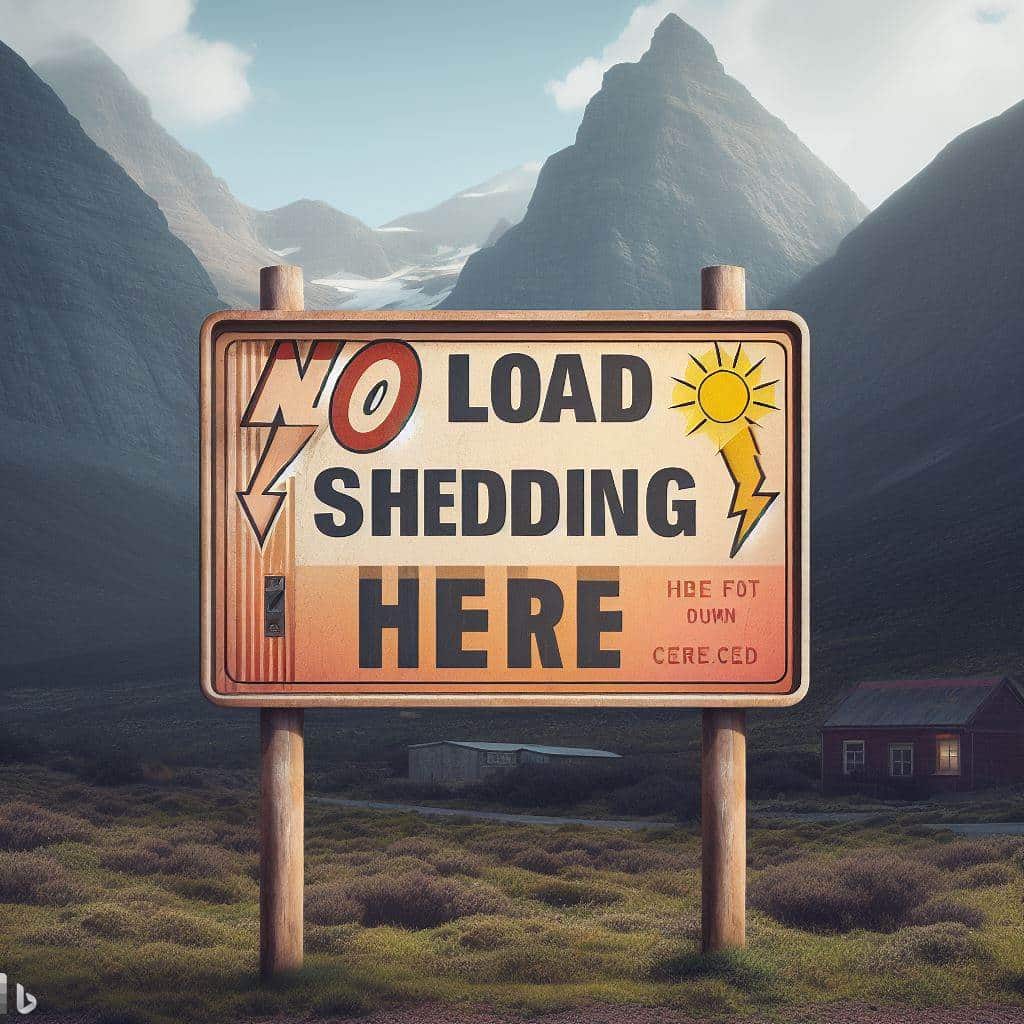
Does Load Shedding have any Impact on Tourism in South Africa?
In my personal opinion, load shedding doesn’t have very much influence on tourists wanting to visit South Africa, because especially during the warm months, it is not like they are inside a house a lot, but always enjoying the outdoors.
On the other hand, load shedding can indeed put a damper on the travel experience. Attractions like museums, restaurants, and other entertainment venues may have to temporarily close or limit their services due to power cuts, and we had this happening with one museum we wanted to visit in Barberton, where the video scenes weren’t working.
This can be a missed chance for the tourist as well as the museum exploiteurs.
Even more concerning, lodges and accommodations may not be exempt from the power woes. Imagine the anticipation of a luxurious night’s rest in the heart of the wilderness, only to find that your room is without electricity when you need it most (my gosh, the air conditioning was so very needed in Pongola game reserve!).
For travelers who cherish comfort, these inconveniences can be a deal-breaker.
But Lizzy, there is an app and notifier for Load shedding!
Well yes, several mobile apps and websites are available to help people in South Africa stay informed about load shedding schedules and updates. One of the most popular and reliable apps is “Load Shedding Notifier,” available for both Android and iOS devices.
And this app sure gets good reviews, although I personally had some issues with understanding how it works, but that was maybe because we traveled around so much in South Africa and South Africa has different time schedules for load shedding in all the different regions.
Can you prepare yourself against load shedding?
All you can basically do is drag along battery chargers and enough flashlights haha!
My Final Conclusion.
As travelers experiencing load shedding firsthand, we’re encouraged by the steps taken and the commitment of the South African government and Eskom to tackle the issue.
I hope that I could inform you enough about load shedding in South Africa and if you have any more questions about this, please feel free to leave them down below in the comment section.
You can also join me on one of my social media channels below to see more pictures and videos of my travels to Africa!
I wish you happy travels!
Kind regards,
Lizzy
I now have a YouTube channel as well!
YouTube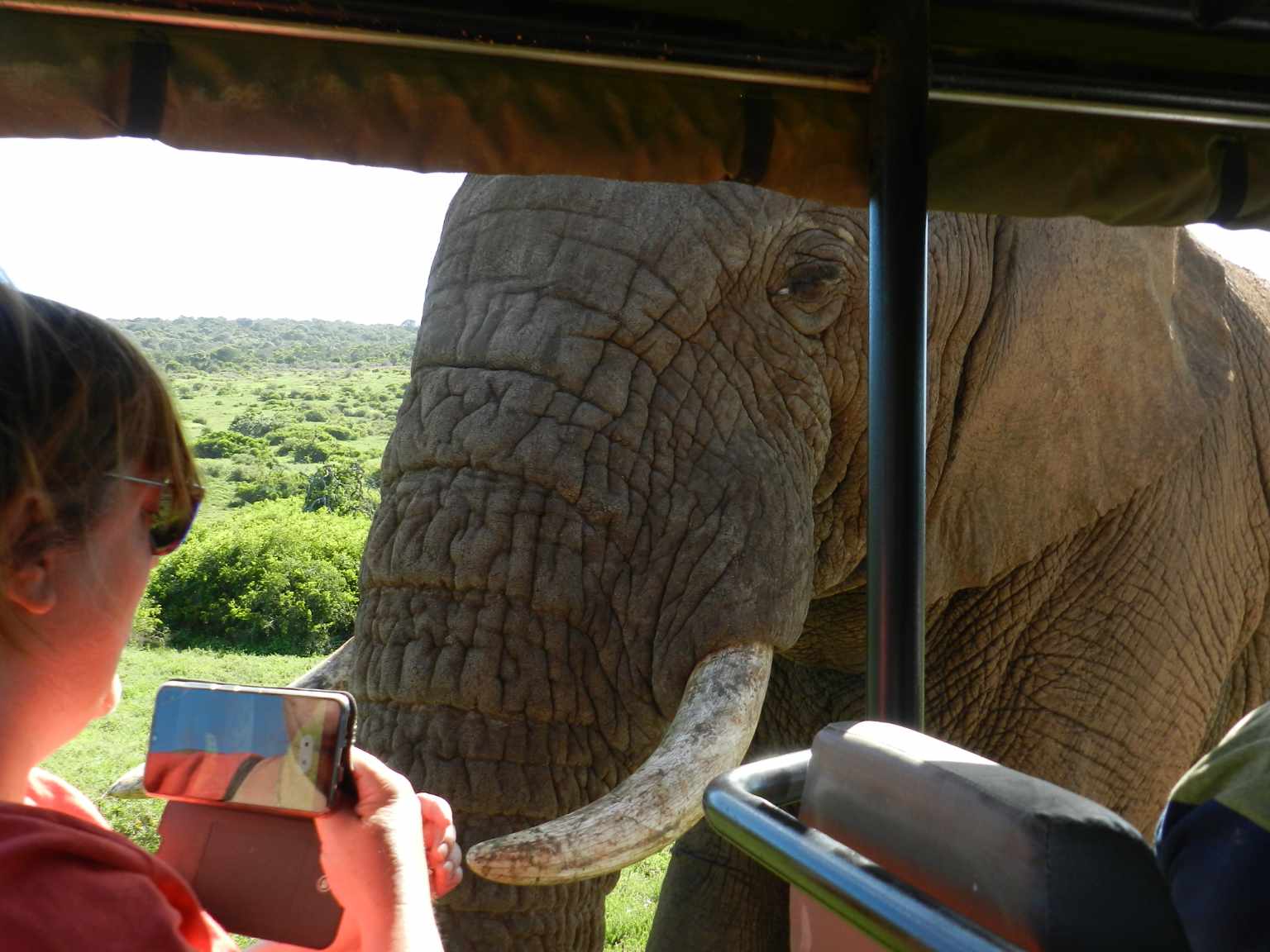
Hello Africa travellers!
Who am I? Well, the least you can say is that I am quite crazy about Africa, its nature, its climate, its culture, and more.
As a young woman in my twenties, I had already traveled to several African countries by traveling along in an overlander on my own and mostly camping ( or glamping ) and just fell in love with the diversity of it all.
So much, so that at the age of 26, I went back to university to study biology, which, unfortunately, I couldn’t finish because of health reasons (yes, I got sick from a tropical disease, oh cynicism). But this did not stop my dream of traveling back to Africa several times, and I still do.
My dream was back then to leave Europe and go study animal behavior, especially the elephants (sure, that’s every girl’s dream haha), but I am also very much intrigued by hyenas and other “ugly African animals“.
So, I “kind of” have a little bit of a scientific approach to my articles, when I write about African birds, for example. And most of all: the passion.
But life goes on, you move from one side of the country to the other, you get sick again and top it off with lower back problems, and before you know it, you are over 50 hahaha!
Now, I still travel to Africa, but take it a bit “easier” than the good old camping days, and stay in comfortable, yet affordable accommodations, together with my husband Wouter.
These are some of the countries I have traveled to: Kenya, Tanzania, Zanzibar, Malawi, Zambia, Zimbabwe, South Africa, Namibia, Botswana, Tunisia, and a little bit of Lesotho LOL .
While clearly not being African territory, but Spanish, I also visited Gran Canaria and Tenerife, and location-wise, I consider them “African”, because of their climate and nature, sue me :-p
The last trip I took was to South Africa in the year 2023, and it sure got the fevers for Africa back! From the Barberton mountains to the Drakensberg and the Southcoast, one month wasn’t enough at all to see the whole country, so we’ll be back! At ease and with a little bit more luxury than in my younger days haha!
I wish you happy travels!
Kind regards
Lizzy

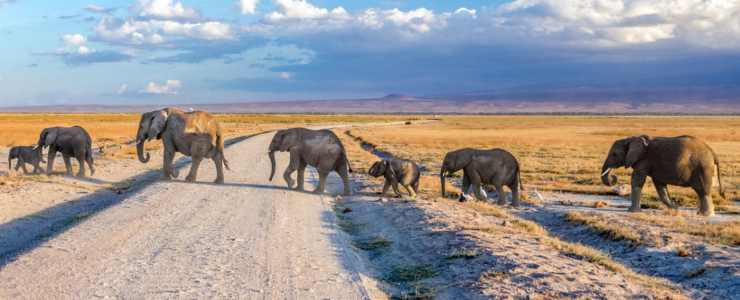




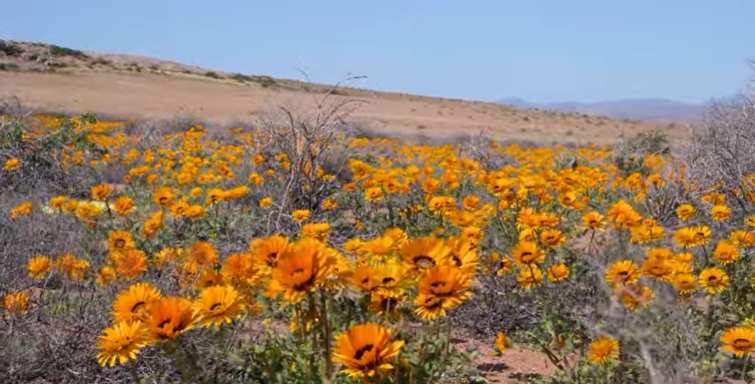
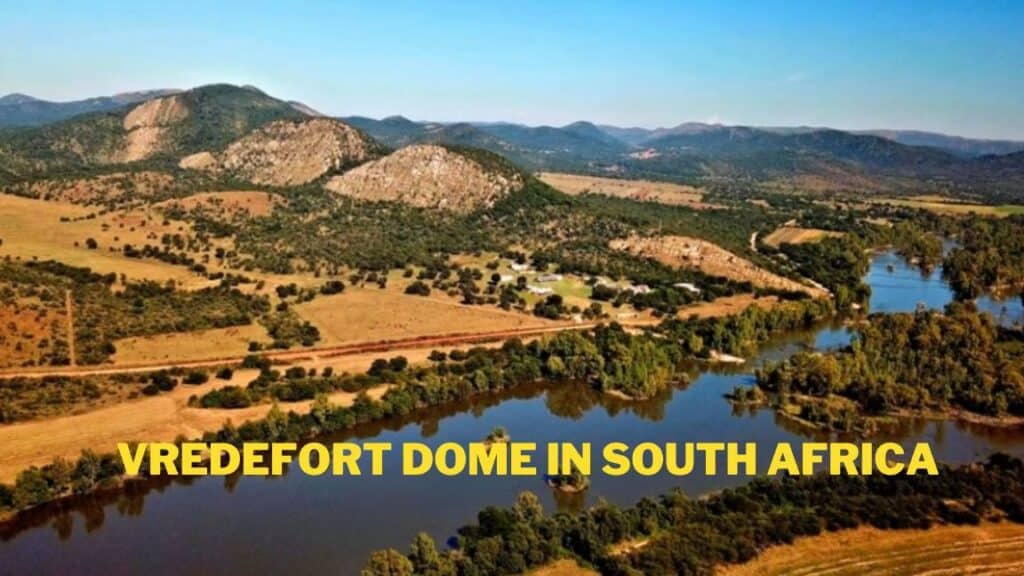

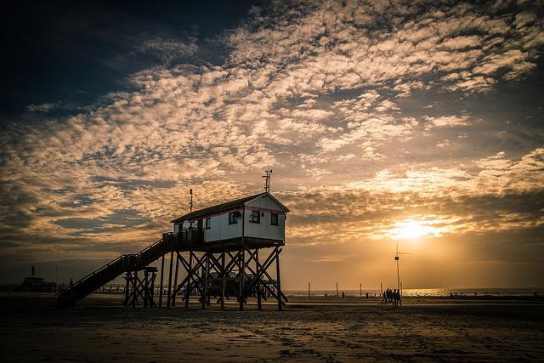
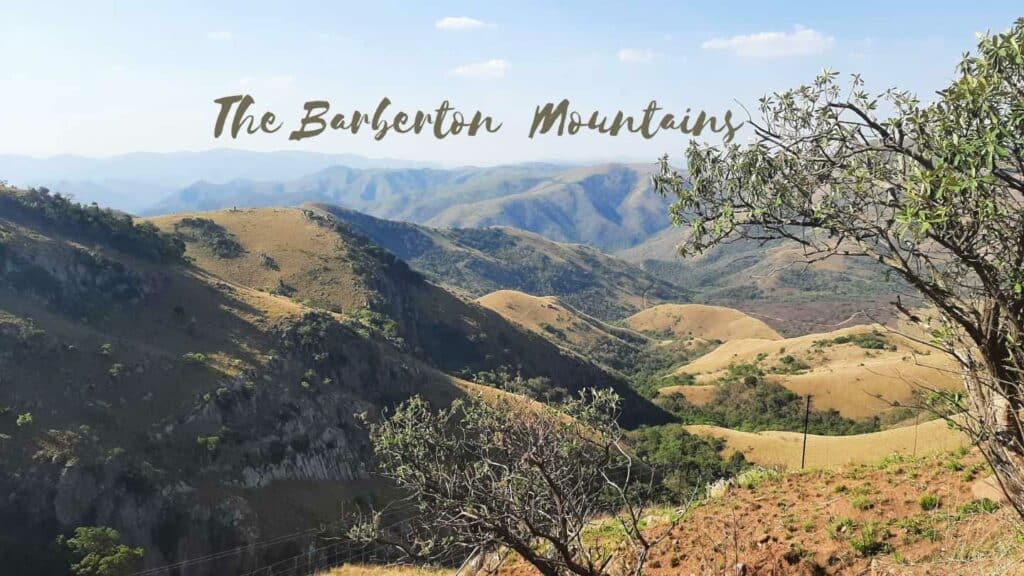
Hi Lizzy,
It is clear South Africa grapples with load shedding due to various factors, including aging infrastructure and coal-related issues. It’s good to see the government has initiated programs like the Renewable Energy Independent Power Producer Procurement (REIPPP) to encourage investment in renewable energy sources, aiming to reduce reliance on coal.
During your travels, did you witness any examples of these initiatives or communities adopting alternative energy solutions to combat load shedding’s impact?
Hi Chas!
You are welcome and yes, we did see some examples of people using other power sources then from the net, but usually they didn’t use renewable sources (some solar pannels here and there), but mostly power generators with petrol, which is kind of sad if you ask me 🙁
Thank you for your comment and I hope you have safe travels!
Lizzy
What a wonderfully written article! I had no idea this was happening. Hopefully the REIPPP program and Integrated Resource Plan are able to make a dent in this problem. I would think wind and solar energy would have to be a step in the right direction.
Thank you for presenting a dense topic in a way we can all digest.
Hi Ally!
Thanks for your comment and yes transition to alternative energy sources would be great! The only thing though that it really is dependent on politics and each province in South Africa has its own, so they can clash. But will talk about that in articles to come!
Lizzy
Hey Lizzy,
Sorry to hear that load shedding was taking place in South Africa at the same time as your trip to the country.
It’s strange as I don’t hear about planned power cuts at night here in the UK. They usually take place in the day when people can still see things 🙂
Your day time excursions must still have been good despite there not being power. The views you had must still have been great.
How did you find it during the day without power?
All the best,
Tom
Hi Tom!
Thanks very much for your comment and besides one time a power cut during the day at Pongola Game reserve, which was a bit enoying as my phone was down again, during the day we were mostly at game drives or visiting something, so no huge issues there no 😉
Lizzy
Interesting article. When I saw the title, I thought it was about Lorries shedding their load all over a busy motorway! It’s a softer name for a power cut!
I have experienced this quite a lot in both Majorca and Skiathos. They both have challenges with their power systems being unable to cope with the demand. We were on honeymoon and had just come back from a long day on the beach when my wife said, “You have the shower first”. I had my shower, got out and the power went off for several hours. As you can guess I didn’t get to go first again…
Having no aircon somewhere hot doesn’t sound like a lot of fun. Solar is getting cheaper, although you should be able to rely on the power provider. I seem to remember there were some problems in Texas with snow and cold weather. Tesla has sold a lot of power wall battery systems out there as a backup.
Even the US has an aging grid with very little investment which will cause problems in the future. I am not sure that more sustainable power is practical in the short term, it could be a decade or more before this becomes a proper alternative. Let’s hope they find enough coal in the meantime!
Hi Lizzy, I have experienced load shedding (power cuts), and it is more than just a nuisance. Planning around it is difficult, and the associated inconveniences only add to the frustration. It would have been better if plans were in place beforehand, but it’s good to see other options being considered. Thanks for a brilliant article.
Angee